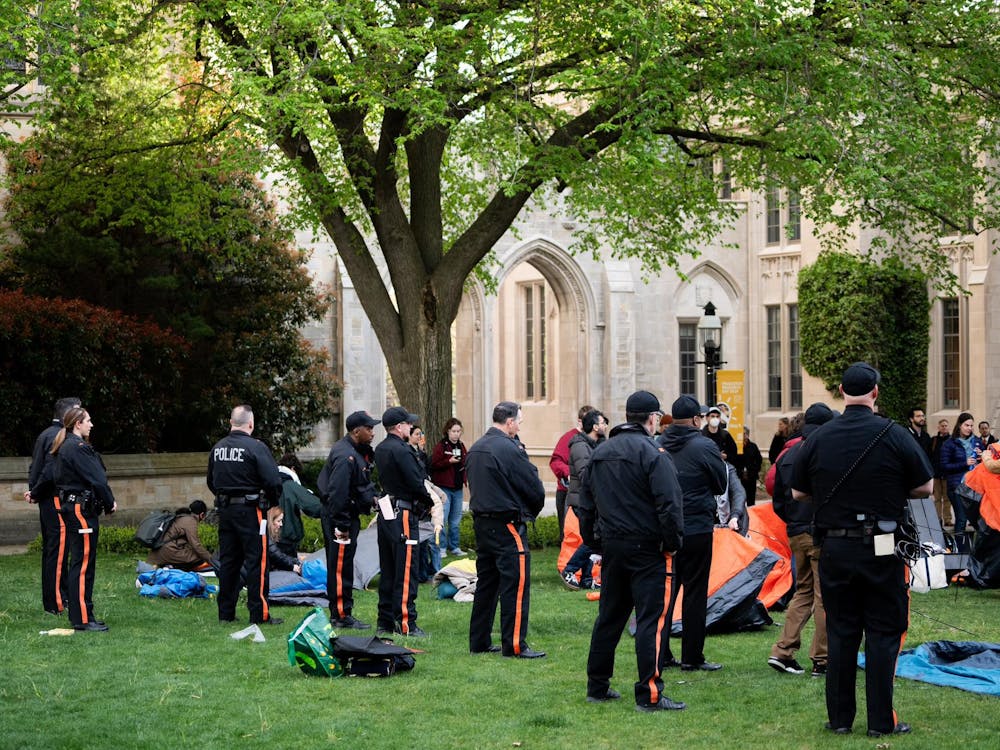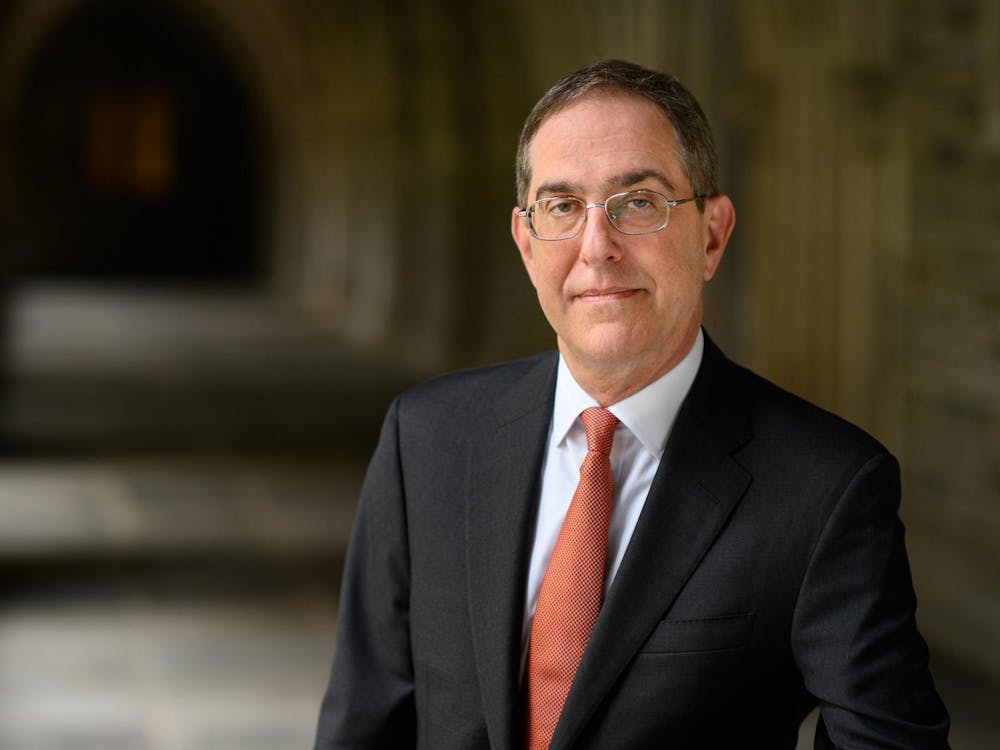I wasn’t expecting to agree with much of the talk on pornography and sex trafficking given this past Thursday by University of Pennsylvania psychology professor Dr. Mary Anne Layden at an event sponsored by the Anscombe Society. I went anyway, hoping I’d be exposed to new ideas or perspectives about how porn affects individuals in our society as well as in Western culture as a whole. The statistics shown were sobering: according to Layden, men exposed to porn are more likely than those not exposed to view rape as something that women “deserve,” are more likely to have unrealistic expectations as to who has what kind of sex and so on.
Layden had argued persuasively that porn, as the powerful force it is, corrupts our understanding of healthy sex and relationships. Therefore, she concluded, it was time to start thinking about how to remove porn from our society. So I asked her: what about education? If porn is a monolithic source of sex education for so many people, as she argued so eloquently, why not increase the quality and accessibility of sex education for the people most at risk for what she termed “pornification” (i.e., corruption at the hands of porn addiction)?
This, she answered, was where the family, and the family alone, came into the conversation. “We should not be allowing the schools to teach sex education because they won’t teach morality,” she said.
The consequences of sex education being left to the family — which, of course, means that the information taught in schools is wholly inadequate — are well-documented. Sexually-transmitted diseases spread like wildfire if sexually active teens are not taught proper methods of protection, teen pregnancy rates are unconscionably high in states with mandatory abstinence-only education and officials scramble to address the staggering prevalence of sexual assault through sex ed. When we leave the sex talks solely to the parents, especially if those parents— as often happens if the quality of their own sex education was poor—are ill-informed on these topics, their kids will inevitably turn to the Internet where, as the lecturer pointed out, their anonymity will help them feel safer and freer of consequence.
The solution the presenter suggested, which entailed that we leave sex discussions within the family and attempt to scrub society of material that violates Federal Communications Commission decency laws, is a solution so limited in scope and lacking in nuance that it will never come to fruition. Removing all the porn from the Internet, much less all “sexually suggestive” content, would be impossible, both in terms of the sheer scale (think of the futile attempts to remove all illegal music- and movie-sharing websites available, and then try to imagine that working for porn) and even definition. Even the most luminary minds in America have struggled with this challenge; Supreme Court Justice Potter Stewart, in a 1964 case, said the defining qualities of “hard-core pornography” were impossible to describe (as he put it, “I know it when I see it”).
Destroying a system like this is completely, utterly infeasible, but the total unwillingness to loosen a rigid sense of morality in order to work with what’s practical and realistic in our society was frustrating. In some people’s ideal world, we’d all save ourselves for marriage and be able to, as Layden instructed, “keep it in our pants,” but that’s not the world we live in. Having such a simplistic, unyielding definition of what should and shouldn’t be done, as was shown by the talk, attempts to deal with perceived moral degeneracy without being willing to entertain any arguments that certain systems of ethics may not be as applicable as they once were.
At the question and answer session, the last question was less of a question than a debunking of statistics. The man asking the question argued that the speaker “was abusing statistics so badly it hurt.” He brought up a few studies which ran directly contrary to many of the statistics she presented, for example her claim that the average lifespan of prostitutes was 37 years and that there was a well-proven link between pornography and real-life rape.
At the risk of simplifying her response, she answered in two ways. First, she reaffirmed that her statistics were right and his were wrong without citing any peer reviews for any of hers and asserting she knew everything about the studies he was citing. Second, she claimed her experience rendered her position unassailable. “When you’ve got thirty years of experience, come talk to me then.” Such a refusal to engage, aside from being academically disingenuous and ideologically corrosive, was unfortunately reflective of the talk as a whole: a good thesis and middle destroyed by an inflexible, impossible conclusion.
Will Rivitz is a sophomore from Brookline, Mass. He can be reached at wrivitz@princeton.edu.









